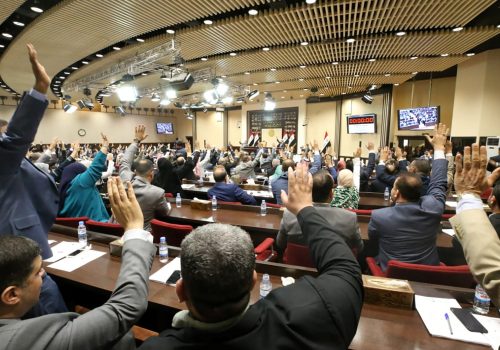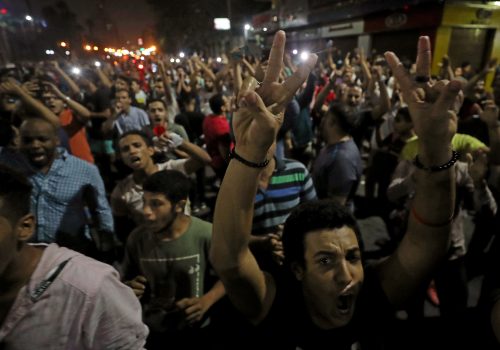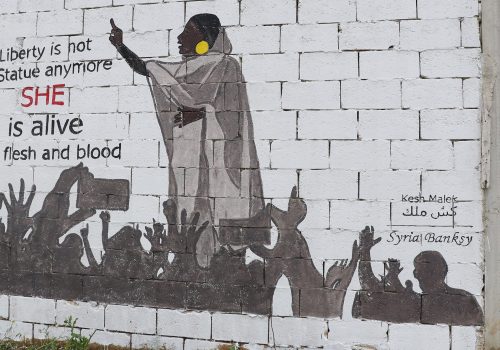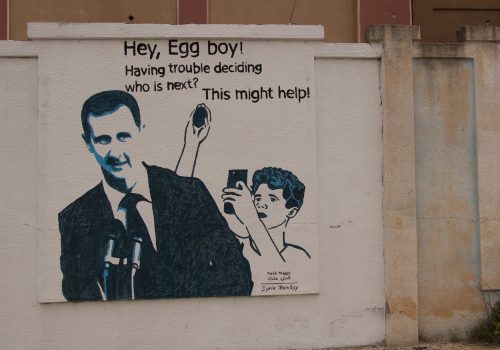Art of the Egyptian revolution
Protests in Egypt started in earnest on September 20 this year, invoking images of similar protests that dominated Tahrir Square in the spring of 2011. The recent protests lasted until mid-October and were sparked by perceptions of widespread government corruption and popular economic grievances. Since then, several thousand people have been arrested as the government cracked down on protests with reports of torture, surveillance, and restriction of social media platforms, reaching so far as arresting children, journalists, and foreigners. In 2011, Egyptians came out in unprecedented numbers to organize and build a revolution that inspired the region. One of the ways they did this was through street art.
Ammar Abo Bakr is a well-known Egyptian artist who became renowned for his street art murals that informed and shared messages with locals on the protests. It developed into a community of people creating, sharing, and teaching street art. Below is an interview MENASource conducted with Abo Bakr on how street art began in Egypt and where it stands today.
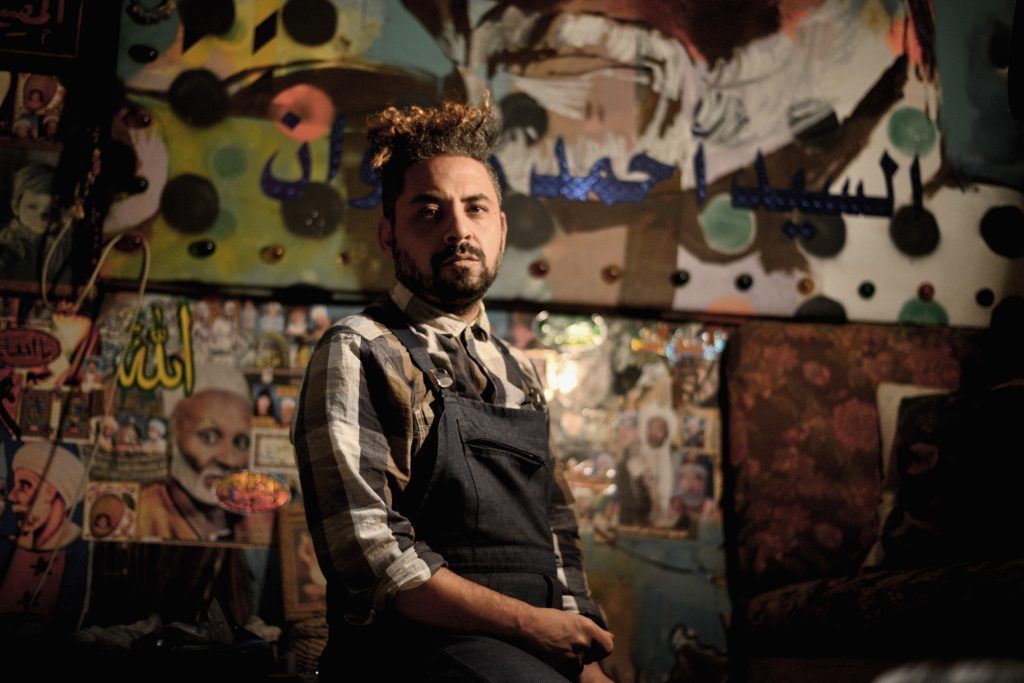
You’ve developed quite a career over the years since the revolution. Prior to your graffiti art, what type of art did you create?
Before the revolution, I was a tutor in the faculty of fine arts since 2004 in Luxor University. My focus was mainly on the culture and the folk art of Luxor. The idea of the folk artist was very interesting for me. One form of it—the most interesting one for me—was the pilgrim art, done by very normal people who do not consider themselves artists, but who do murals while building houses of people on the hajj. I also worked on subjects such as documenting architectural styles, and the documentation of the local fashion, and for six years I was an archaeological painter.
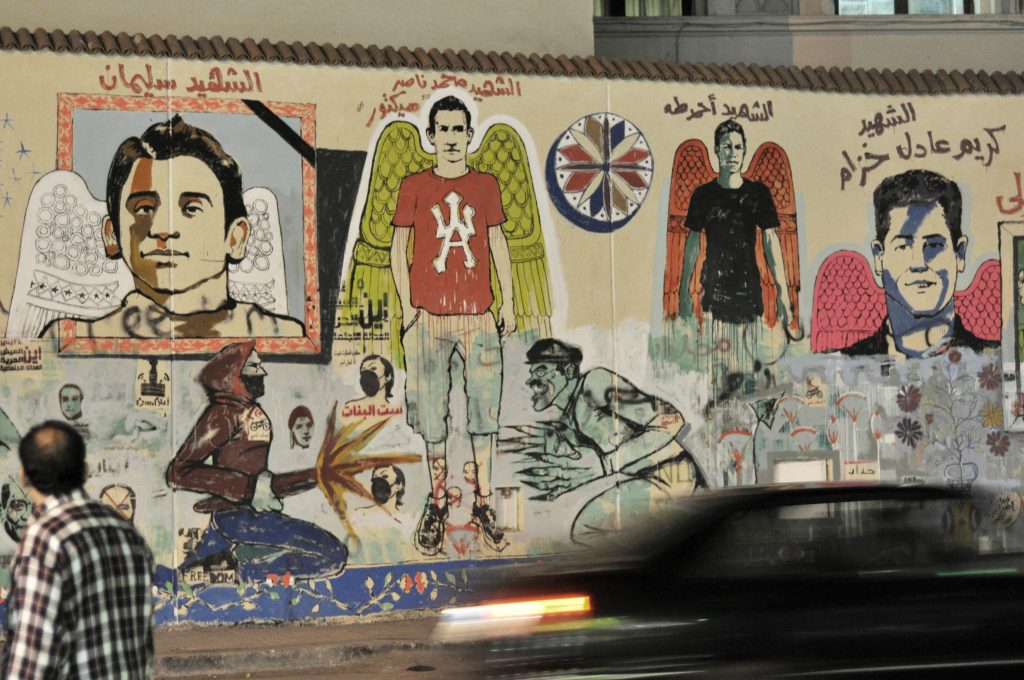
What led you to start making graffiti art?
Graffiti has always been interesting to me as an art form, from a historical and an archaeological perspective, regardless of the pop culture perspective. For the first year of the revolution, I—along with others—did not consider myself an artist, as we used to write messages on the walls or make very simple stencils. Shortly after they started building barriers on Mohamed Mahmoud Street, we reclaimed this space. We started to paint murals; it became a space where we could showcase our thoughts and opinions.
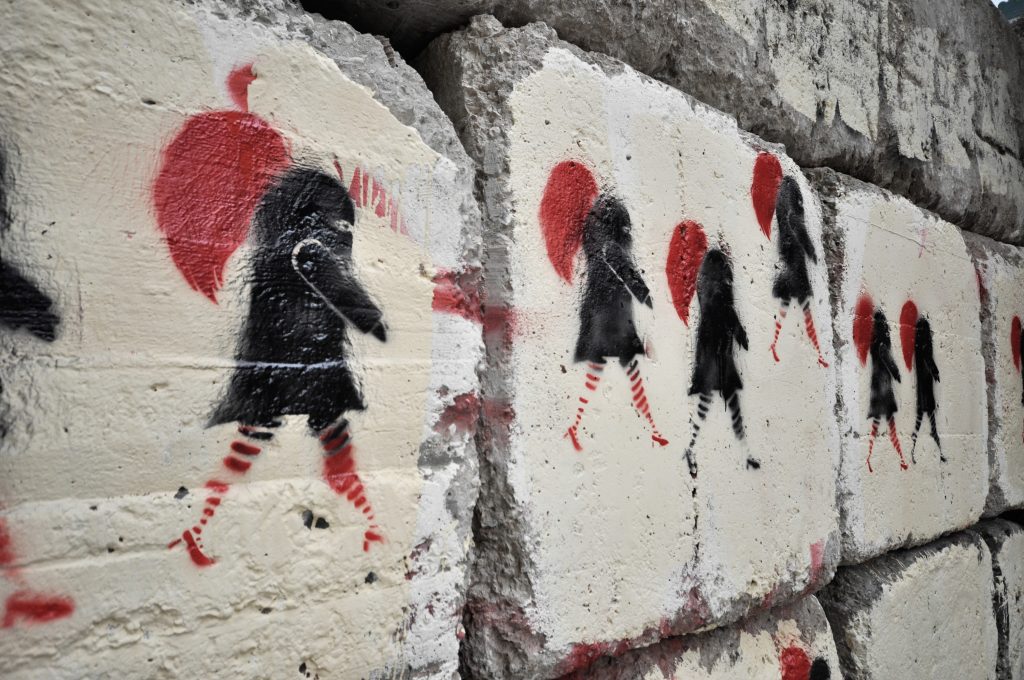
How has your style changed since you first started your street art?
It did not change in its message, but matured in terms of how to deliver the message and how to reach people. As I said, at the beginning of the revolution we weren’t creating art, just writing simple messages. We then had the opportunity to create more. It did not have to be realistic or flashy to be considered art at first, but later on, as the revolutionary audience diminished, we had to inspire people again by creating larger-than-life art murals.
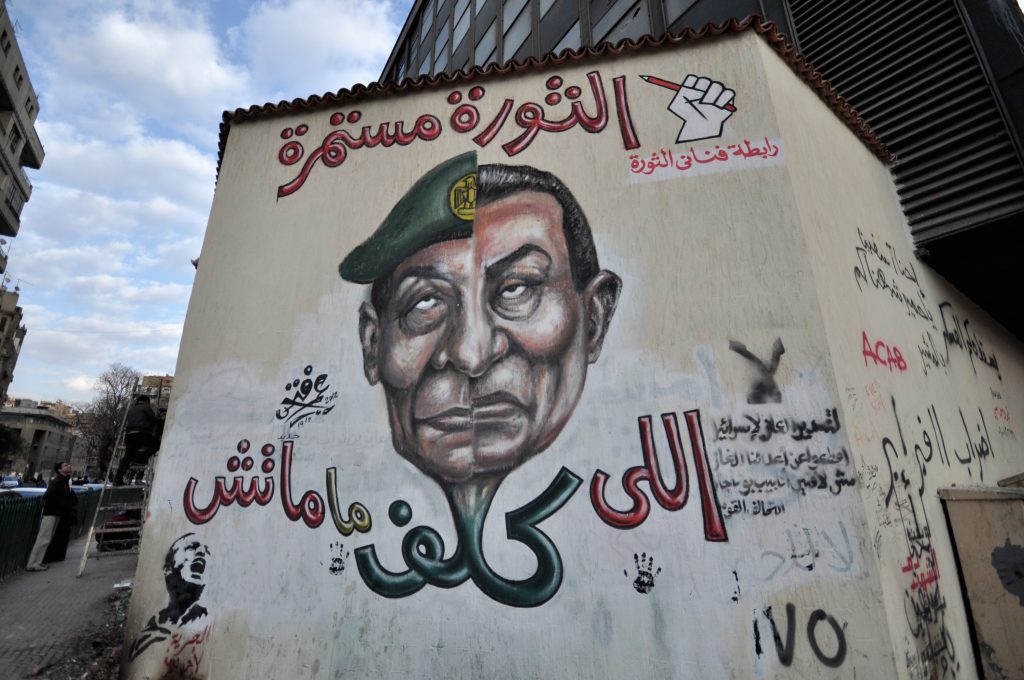
How has street art evolved from before, during, and after the revolution? And what were the challenges then vs now?
At the beginning, there was space for a very large audience to start doing this. Many people from different backgrounds are now graffiti artists, and not just politically. We taught many on the streets how to be graffiti artists. There is a new generation now; eleven-year-old kids back in 2011 are now commercial graffiti artists. The political movement died after 2015, and with it, the street art. There is no longer a space for us to go and do what we used to do.
I tend to tell people that they shouldn’t look at it from an artistic point of view, but rather as a space for expressing an opinion and delivering a message.
Now most of the graffiti artists are creating their art for a commercial audience, which is very good. It is important that the culture survives and the mindsets keep changing. Many shops and restaurants in Cairo today want to use this art in decorating their spaces.
Recently, we were asked by a large corporation to paint a twelve floor building for them to include in a TV commercial. The idea that they were willing to pay such a huge amount of money for the mural to be used for a couple of seconds in a commercial is something that we consider to be a very positive step. Especially that the corporation agreed to compromise by not including the brand name in this huge mural for the sake of it to stay there, shows that minds are changing and the culture is moving forward.
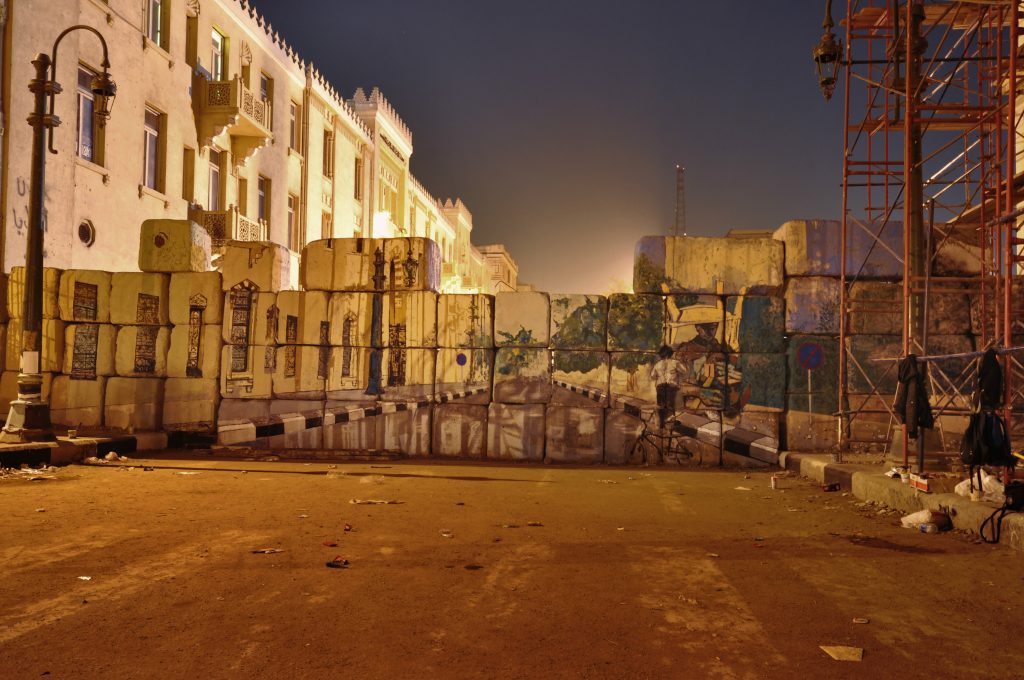
You’ve said in the past, in reference to Mohamed Mahmoud Street, that graffiti or wall murals are not art, but that they are a form of information and news shared with the people. How relevant is that statement today?
When asked about my work in Mohamed Mahmoud Street, I tend to tell people that they shouldn’t look at it from an artistic point of view, but rather as a space for expressing an opinion and delivering a message. I considered it a public space, which should be there for everyone to use and enjoy. I personally accepted that I can paint something today, and a week later I could find it covered with a different painting. It is not my personal space or my workshop. This is an old argument between artists: that public spaces are not just for art, but a space to express opinions.
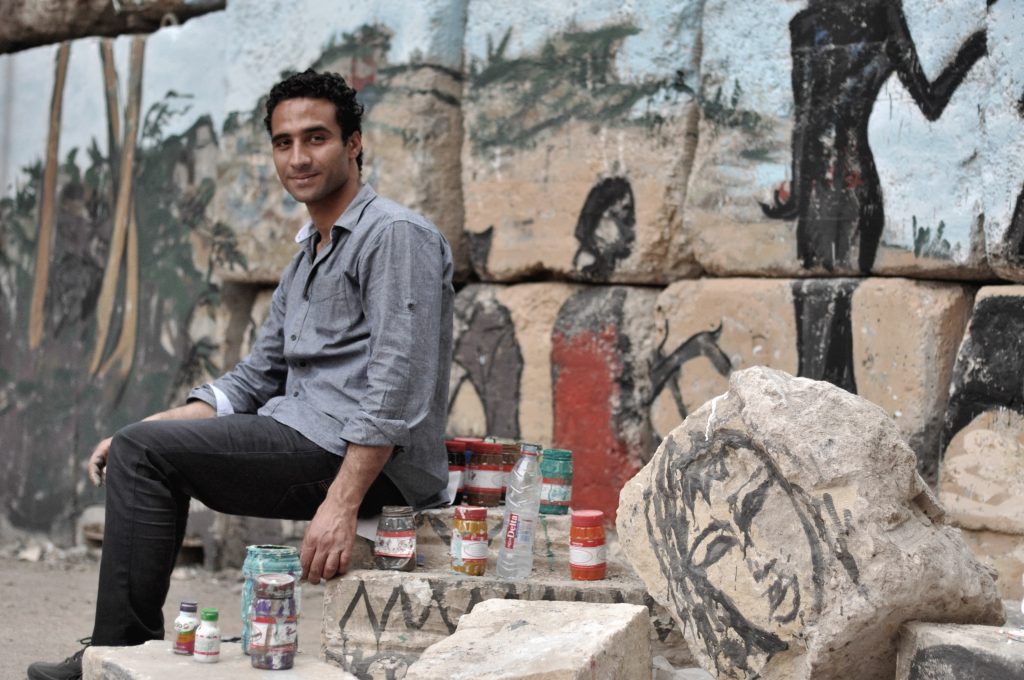
Is there a current outlet for graffiti like that in Egypt now?
Unfortunately, we no longer have this freedom. If someone tries to paint a wall with graffiti now, they are likely to be arrested.
Why is graffiti art still so important?
Because it is art with no rules, and it is available for everyone, unlike a private exhibition. And that is what is beautiful about it, you cannot target a certain audience or put expectations on what they will think of it.
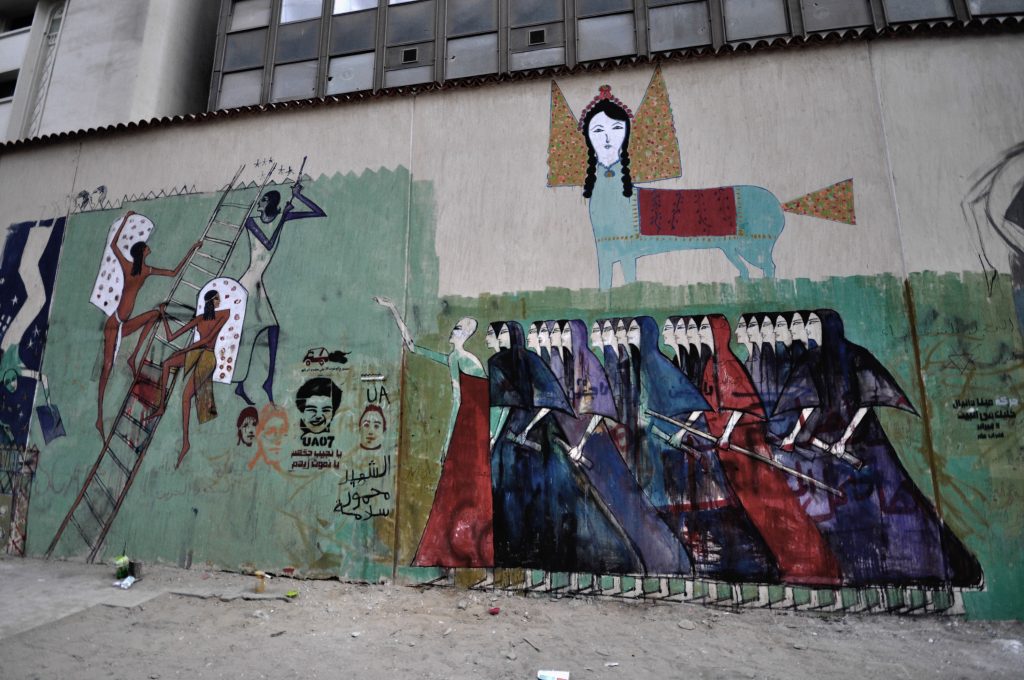
You’ve mentioned being inspired by Banksy. What do you think the Arab world can learn from his political graffiti art?
Banksy is one of the last famous artists with established opinions, we cannot describe him as just a graffiti/street artist or a painter; he went beyond that. I was especially affected by his work. We can learn from him that technique isn’t everything; you can use a stencil and still deliver a very strong message, while tackling an important cause in a different, yet effective way.
Related Reads
Image: Ammar Abo Bakr painting a mural near Cairo's Tahrir Square. February 2012. Photo by Jonathan Rashad
